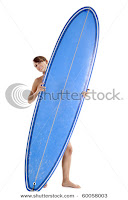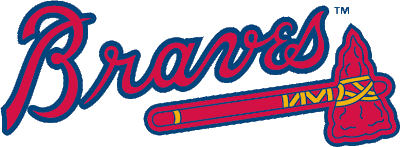 I have chosen the font, Ed interlock, which is only available in the Ed Benguiat Font package.
I have chosen the font, Ed interlock, which is only available in the Ed Benguiat Font package.http://www.houseind.com/fonts/edbenguiatfonts
Source: http://www.houseind.com
House Industries are known throughout the world as a prolific type foundry and have made a considerable impact on the world of Design
To get fonts or any products through House Industries, you must first create an account through the website. Products can be mailed or can be downloaded directly, they send a kit with some additional goodies through post.
The cost of fonts on House Industries is dependent on the amount of Devices used, they define a device as anything that uses the font data to render type, such as computers and printers.
Minimum cost - 1-10 Devices - $149.34 ($160 US)
96 -100 Devices - $1373.93 ($1472 US)
100 + : Quoted Individually
The Licence doesn't permit any form of embedding or encrypting in Digital documents or any other form. If embedding of fonts is desired the user must purchase an additional licence.
 Images, Illustrations and Patterns are Royalty Free, Except for some of the following:
Images, Illustrations and Patterns are Royalty Free, Except for some of the following:– Logo Design
– Products for Sale
– Retail Packaging
– Printed Applications over 500,000 Impressions
Web use is unrestricted in applications under 150 X 150 Pixels. Applications over this size or in entertainment will be priced on an individual basis.
IMAGES
I got all of my images from Shutterstock.com, a range of surfing related images. Other sites had a fairly limited range, especially when looking for a VW van shot that i could apply a logo to.
All of the images are downloaded directly, whether it be a TIFF or JPEG they are still downloaded.
Shutterstock requires users to subscribe, i think the most cost effective way to subscribe would be the Enhanced Licence, being graphic designers, we will most likely need to use the images for purposes outside of the web.
Enhanced Licensing Subscriptions enable a user to download images ant time for up to one year, ranging from 2 - 25 images. Considering i found 7 images i want to use for a single job it will be most cost effective to take the 25 images subscription.
25 Downloads = $1586.17 ($1699 US)
This is a fairly expensive cost, but when broken down into individual image costs, each image only costs $63.45. This would allow me to charge a client $65 and give them complete ownership of the image.
Some of the terms and conditions on Shutterstock.com
Restrict a user from using any image on websites or in connection with any service to sell or induce sales of "print on demand" products, such as postcards, mugs, t-shirts, posters, wallpaper etc.
Use the image in such a way that gives the impression that it was created by you.
Images cannot be re-sold, used for commercial use or display, downloaded or distributed.






























